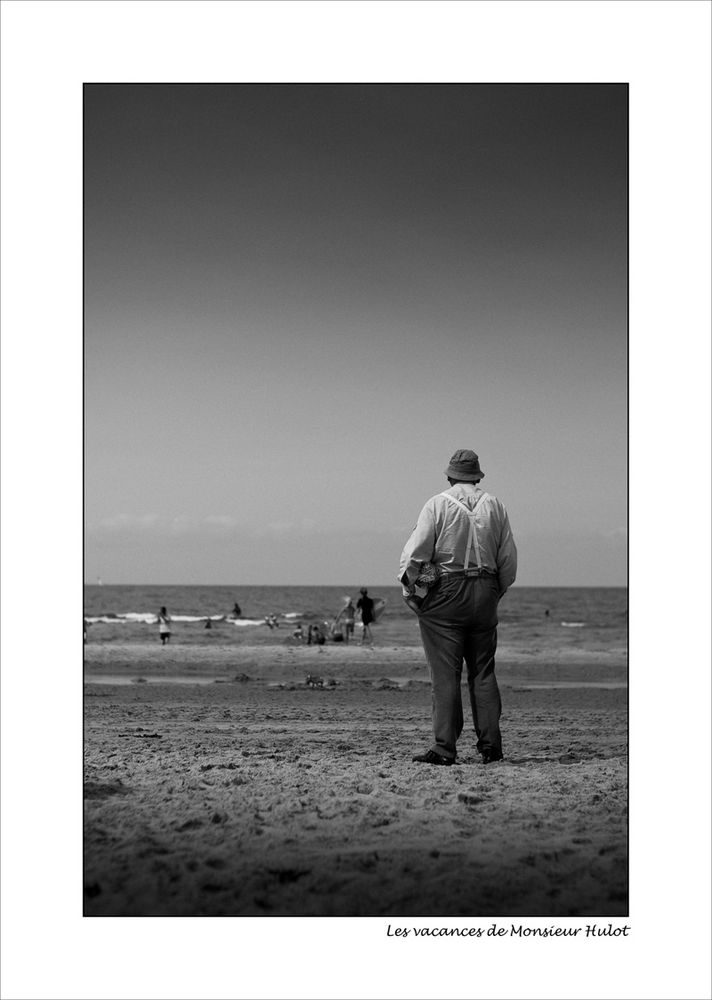You are using an out of date browser. It may not display this or other websites correctly.
You should upgrade or use an alternative browser.
You should upgrade or use an alternative browser.
Voigtlander 50/1.1 Nokton Images !
- Thread starter bennyng
- Start date
- Latest activity Latest activity:
- Replies 493
- Views 184K
Bellie
Member
nicography
Established
Hi guys, here is a picture I took with my M6.
I'm a newbie about rangefinder and this forum so nice to meet everyone of you here. =D
Joined the dark side and I'm starting to love my rangefinder and film over my digital slr now.

Leica M6
Voigtlander 50mm f1.1
Fuji Natura 1600
Thanks,
Nico
I'm a newbie about rangefinder and this forum so nice to meet everyone of you here. =D
Joined the dark side and I'm starting to love my rangefinder and film over my digital slr now.

Leica M6
Voigtlander 50mm f1.1
Fuji Natura 1600
Thanks,
Nico
Last edited:
nicography
Established

Leica M6
Voigtlander 50mm f1.1
Kodak EliteChrome 100
mfogiel
Veteran
leicashot
Well-known
Finally we're seeing images that are 'Noct-esk'
Thanks
Thanks
Royale With Cheese
Professional Bummer

Leica M6
Voigtlander 50mm f1.1
Kodak EliteChrome 100
Gotta love Ang Kor Beer!
Royale With Cheese
Professional Bummer
Leica M6
Voigtlander 50mm f1.1
Kodak EliteChrome 100
Gotta love Ang Kor Beer!
Sonnar2
Well-known
The F1.1 Nokton is an amazing achievement.
Cosina is to be commended, and the new owners are to be congratulated.
As far as character, fast, sharp, plenty of contrast, and little vignetting.
If someone buys this lens and is unhappy with its character, I can FIX that. Send it to me, and I will remount the rear element in backwards. That will produce plenty of character.
Good idea! 🙂
Or buy a 1930's Summar and use it wide open with stronger "character" (probably cheaper than a Nokton, more compact too)
I second your commendation from what I've seen in this thread. It seems to be a very good lens - better than old Noctilux of course - which, after all was a lens not designed for use with Color film! that's why Leitz don't corrected the huge amount of light failoff - when they would have done it, the imaging would be similar to the Canon 50/0,95 probably...
Krosya
Konicaze
I read on another forum that some users noticed focus shift with Nokton 50/1.1 when going from wide open - to f4-5.6. Anyone here came across it with their lens?
mfogiel
Veteran
There is focus shift, but the dof is working so that the zone of best focus is always behind the point you are focusing on, once you grasp this, it is easy to manage.
24mgdriver
Michael A. Bender
24mgdriver
Michael A. Bender
Juan Valdenebro
Truth is beauty
24mgdriver,
Hey! Your eye, your heart, your technique!
Thank you very much!
Hey! Your eye, your heart, your technique!
Thank you very much!
mfogiel
Veteran
Since this lens is about low light shots, here's another one - HP5+ in Prescysol EF


meven
Well-known
Thardy
Veteran
.............
I'm liking this lens more and more. Just trying to hold off spending so much money though.
rxmd
May contain traces of nut
To be honest, guys, so far the lens leaves me unimpressed. It's as fat, 1cm longer and 35% heavier than the Nikon 50/f1.2s for example (an SLR lens for God's sake, it almost eats up the size advantage of the RF!), it costs almost twice as much ($670 vs. $1150 for the Nokton), is probaly trickier to focus at least on the Bessas, and it's at best a quarter of a stop faster. The overall image quality is good, but since many of the shots here are @f2 or higher it had better be - stopped down at least two stops I'd expect a modern 50 to deliver decent quality. The overall impression of the pictures is decent, but not outstanding, and certainly not the major difference between, say, the Nokton 35 on the one hand and the Ultron 1.7 (or the 35 Nokton) on the other. I'm glad that some of you like it, but it's not for me.
squirrel$$$bandit
Veteran
Never heard such nonsense. Most of my pictures were made at f/1.1.
No Nikon SLR is nearly as compact or handy as an M with the Nokton 50mm f/1.1 or produces the same quality.
Your opinion about the 35's is totally unclear. Please explain what you mean.
Erik.
Feh, Eric, he doesn't dig it, just forget about it...
rxmd
May contain traces of nut
Most of my pictures were made at f/1.1.
Of course (well except for those stopped down). In this kind of thread it's completely normal that we'd see a lot of f/1.1 pictures. Then again, at least my personal experience is that I'm not exclusively using lenses wide open.
No Nikon SLR is nearly as compact or handy as an M with the Nokton 50mm f/1.1 or produces the same quality.
I don't have the two for a side-by-side comparison here, but now that you ask I've just run the numbers through Google and it seems that with this kind of lens a rangefinder really doesn't have much of a size advantage anymore:
Rangefinder: Leica M7, Nokton 1.1: body 138 x 79.5 mm, total depth 95 mm (38 body + 57 lens), weight 1040 grams (610 + 430).
Personally I use an M5, but it would have been a little unfair to use that as a baseline.
SLR: Nikon FG, Nikkor 1.2: body 136 x 87.5 mm, total depth 101 mm (54 body + 47 lens), weight 870 grams (490 + 380)
The SLR combination is slightly higher (however, only in the center because of the mirror box). The lens protrudes more, but only slightly so. Both lenses are about equally fat. The rangefinder combination is about 15% heavier than the SLR.
Incidentally it would work with a Canon, too: AE-1 with nFD 50/1.2 L: body 141 x 87 mm, total depth 98 mm (47.5 body + 50.5 lens), weight 970 grams (590 + 380). Note that this is with the "L" version; the non-"L" f/1.2 lens is smaller.
The rangefinder lens is a quarter of a stop or so faster.
However, I think this kind of exercise in numbers is actually quite worthless. It's much more a question which particular lens one likes better and which style of focusing one prefers. The lenses are decades apart and quite different. For example I dislike rangefinder focusing for long lenses and for fast 50s because for me it feels comparatively inaccurate to a good SLR focusing screen. With wideangles it's different, which is why I use rangefinders for those. YMMV.
Your opinion about the 35's is totally unclear. Please explain what you mean.
I mean that I found the output from the 35/f1.2 Nokton wide open much more appealing than that of the 35/1.4 (confusingly also named Nokton, hence the unclarity) and also better than the 1.7. Between those it's not just a question of shallow DOF. Between the 50/1.1 and 50/1.5, for example, I'm under the impression that it is.
Then again, most of the shots here are scanned and scaled down to the extent that the difference between f/1.4 or so and f/1.1 would be pretty hard to visualise. Seeing how scale, viewing distance etc. enter into all the equations on DOF calculations, it would be interesting to run the numbers for the circles of confusion: if you're looking at a 950x700 or so scanned image on an 17" screen viewed from 70cm away or so (the configuration I'm looking at right now), what's the minimum aperture where the DOF difference in a 50mm lens can be physically displayed?
Never heard such nonsense.
If this is already how you go into the discussion I don't think there's much confidence to be had in the remainder of it. If you like your lens, nice for you, you made a good purchase. Personally after looking at quite a number of shots from the lens I'm not as convinced as you are. That's just fine, tastes differ, I'm not attacking you.
The Nokton is a very good lens from a technical point of view; outstanding, probably. I'm not doubting the technical achievements, but those are hardly surprising again, after all the design is 30 years or so younger. Personally it just doesn't look like it's doing anything that for me would make it worth the $1100 or so.
Similar threads
- Replies
- 13
- Views
- 3K
- Replies
- 9
- Views
- 1K
- Replies
- 101
- Views
- 18K
- Replies
- 51
- Views
- 2K














